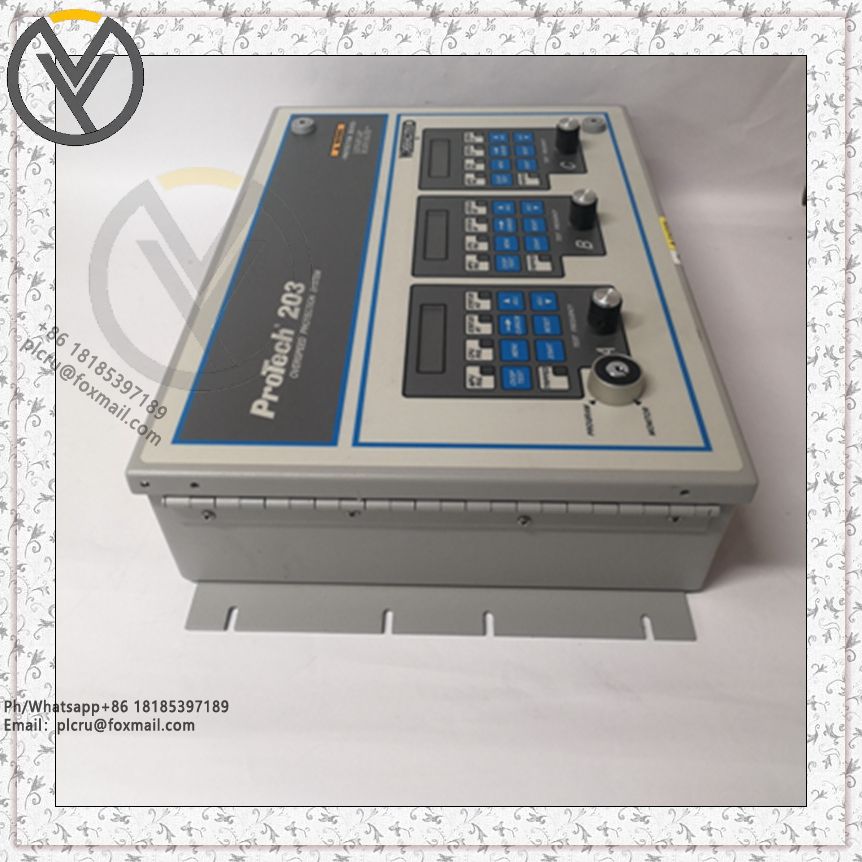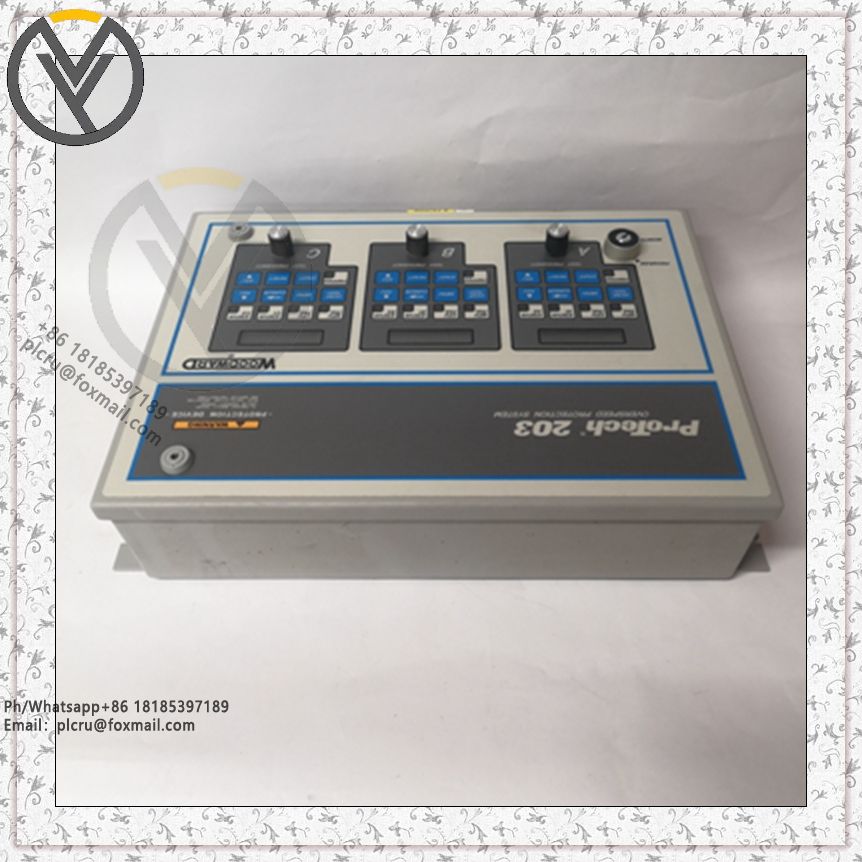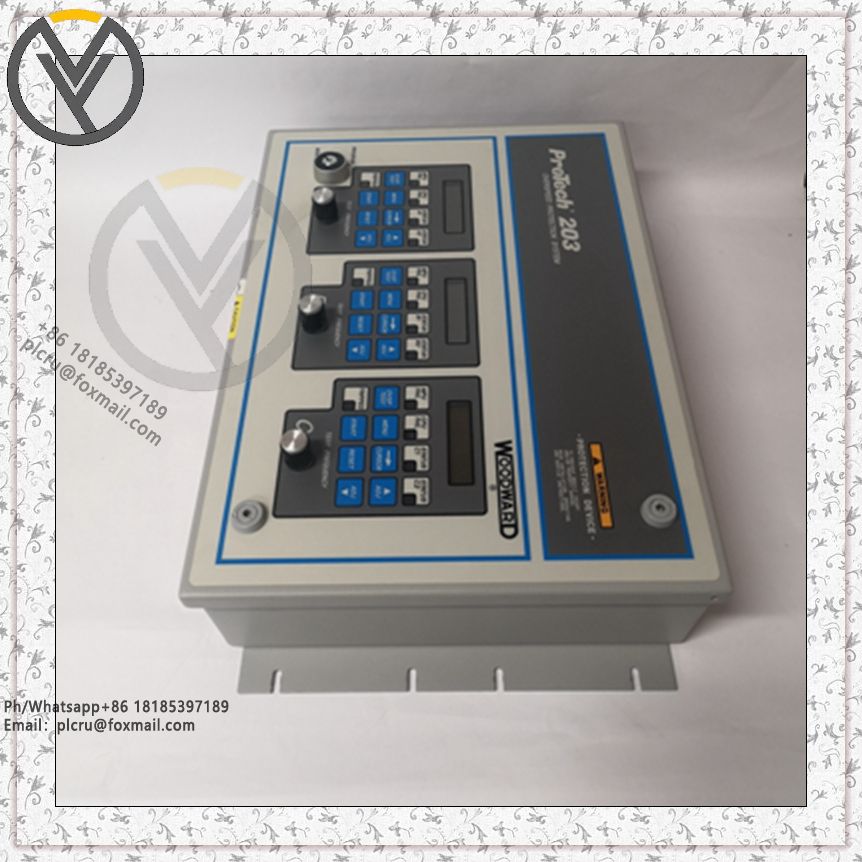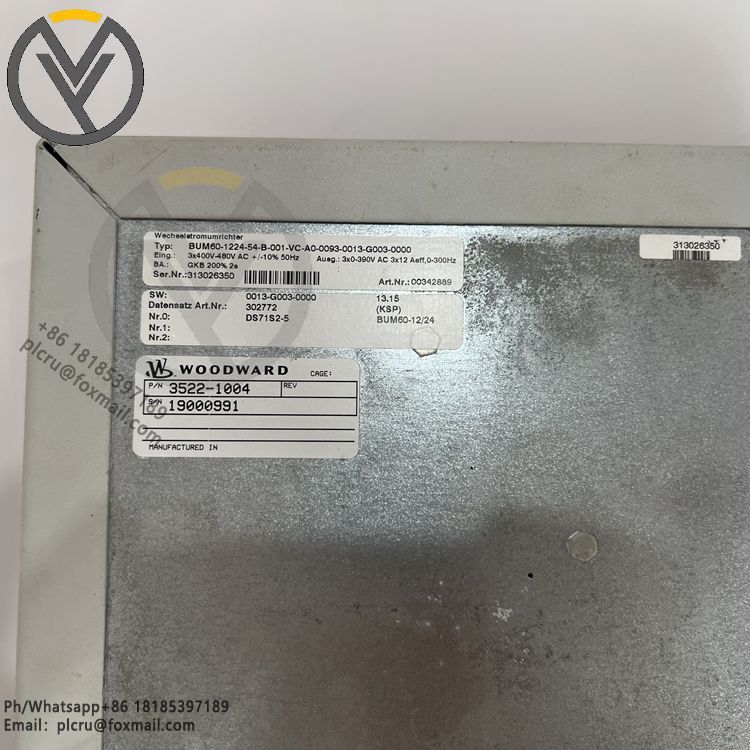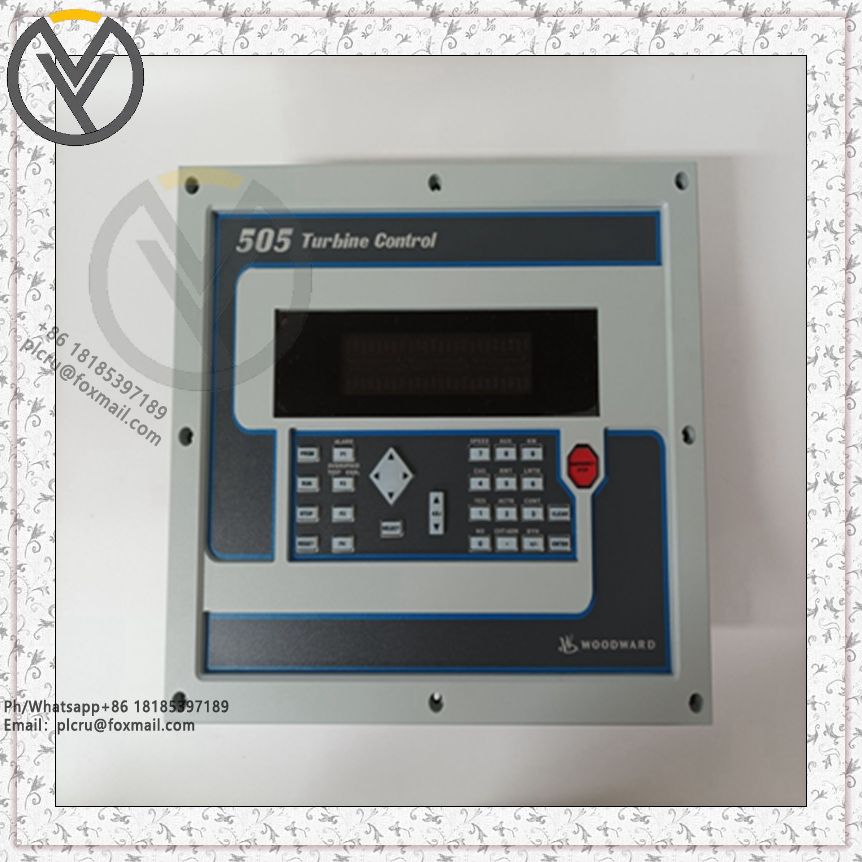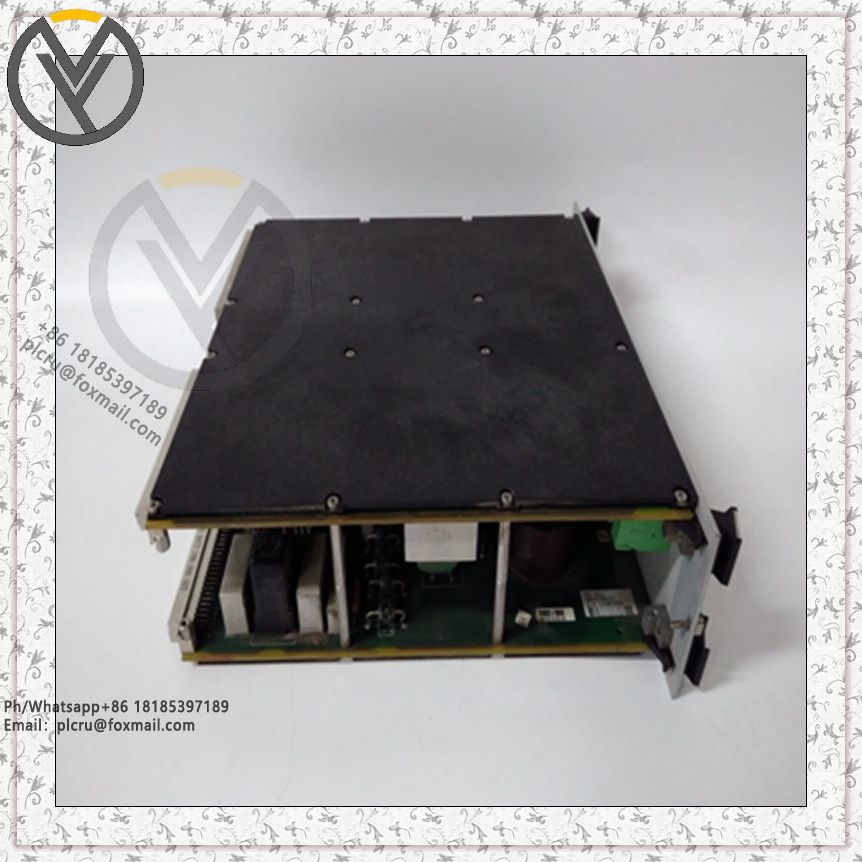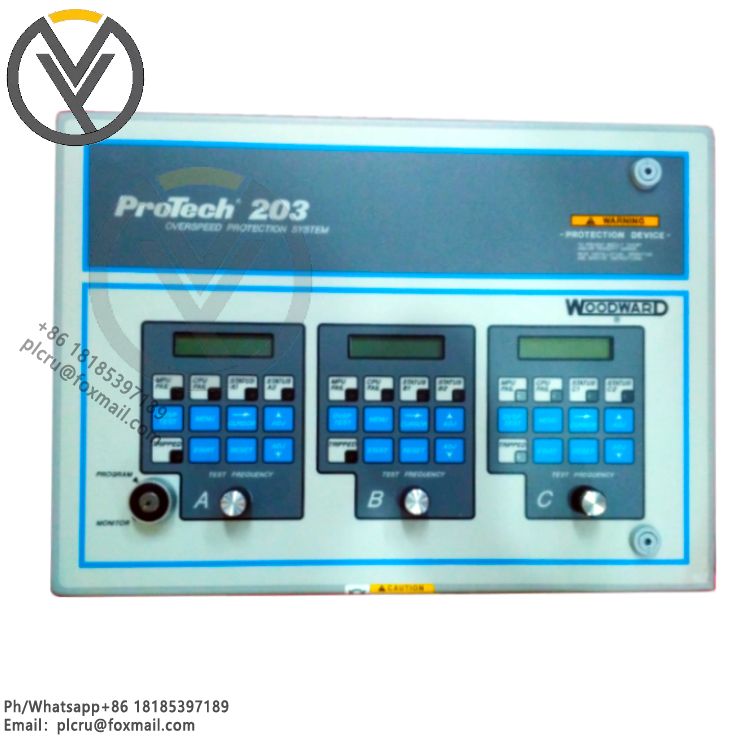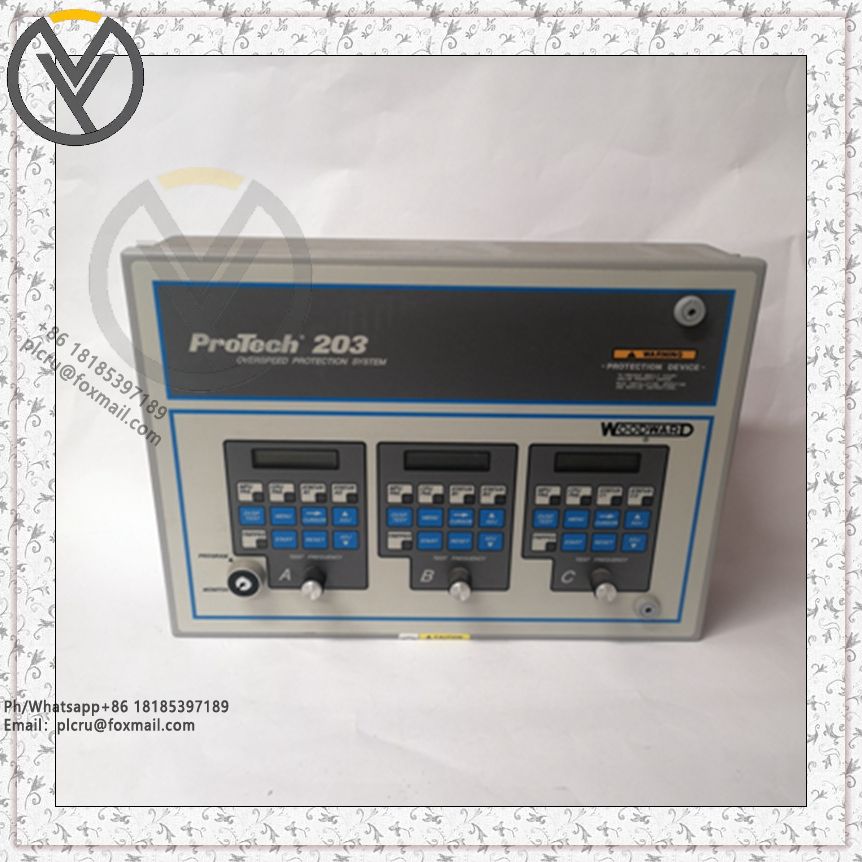
Woodward 8290-189 EPG Speed Control Module
Delivery time 3 days
Product origin New/used
Email plcru@foxmail.com
Mobile/wechat /WhatsApp +86 18185397189
Woodward 8290 - 189 EPG Speed Control Module is an electronic governor speed con
Woodward 8290 - 189 EPG Speed Control Module is an electronic governor speed control module for engines or gas turbines launched by Woodward. The following is its introduction:
Features
Precise speed control: Using advanced microprocessor technology and high-precision sensors, it can monitor the engine speed in real time and control the speed within a very small error range. For example, under different load conditions, the speed fluctuation can be controlled within ±1% to ensure stable operation of the equipment.
Fast response characteristics: For sudden changes in load, such as load changes caused by the instantaneous start or stop of equipment in industrial production, it can respond in a very short time (usually at the level of tens of milliseconds), quickly adjust the output to maintain the set speed, and effectively reduce speed fluctuations.
Multiple control modes: It has multiple modes such as isochronous control and proportional control. Isochronous control is commonly used in the field of power generation to ensure the stability of the generator output frequency; in industrial drive scenarios, the appropriate mode can be selected according to the actual process requirements, such as proportional control to achieve speed regulation proportional to the load.
Flexible configuration interface: It has a rich input and output interface, which can be easily connected to various engines, actuators and other control systems. It can adapt to a variety of speed sensor types, such as magnetoelectric and photoelectric sensors, and can also adjust parameters through software or hardware settings to meet the personalized control needs of different application scenarios.
Fault diagnosis and protection: The built-in complete fault diagnosis system can monitor its own working status and the operation of related equipment in real time. Once sensor failure, power supply abnormality, control algorithm error and other problems are detected, an alarm signal can be quickly issued, and protective measures such as speed limit and power cutoff can be taken to avoid equipment damage and accidents.
Working principle
The module collects the actual speed signal of the engine in real time through the speed sensor and compares it with the internally set target speed value. When the actual speed deviates from the set value, the controller calculates the required control amount according to the size and direction of the deviation and a specific control algorithm (such as PID algorithm), and then outputs the corresponding control signal to the actuator (such as fuel regulating valve, intake control valve, etc.) to adjust the fuel supply or intake volume of the engine, so that the engine speed returns to the set target speed value quickly and accurately, and realizes precise control of the engine speed.
Application areas
Power generation: widely used in diesel generator sets and gas turbine generator sets to ensure that the generator can run at a stable speed under different loads, ensure the frequency and voltage of the output power are stable, and meet the power supply requirements of the power grid. For example, in small power stations in remote areas, it can effectively maintain the stability of power supply.
Industrial drive: used to drive the engine of large compressors, fans, pumps and other industrial equipment to ensure that the equipment can run at a constant speed under various working conditions, and improve the stability and efficiency of the industrial production process. For example, in chemical production, it can ensure the stable operation of fluid conveying equipment and ensure the continuity of the production process.
Ship power: Provide speed control for the ship's diesel engine or gas turbine to ensure that the ship can maintain a stable propulsion speed during navigation, regardless of any sea conditions or load changes, to ensure the navigation safety and performance of the ship. For example, in ocean-going transport ships, it can adapt to different navigation conditions to ensure that the ship arrives at its destination on time.
